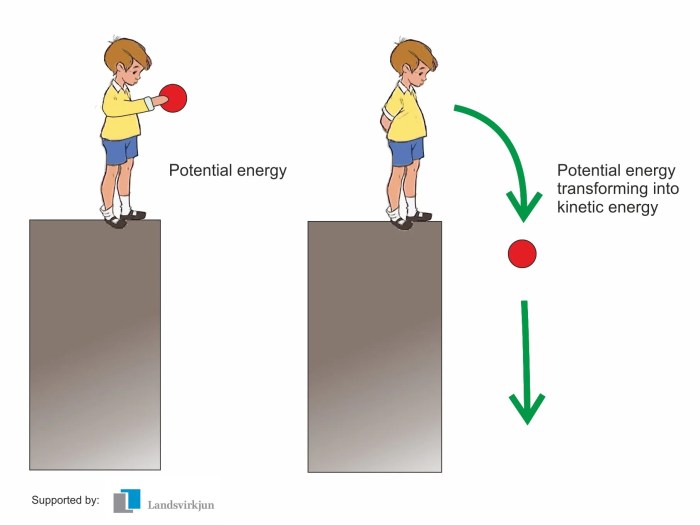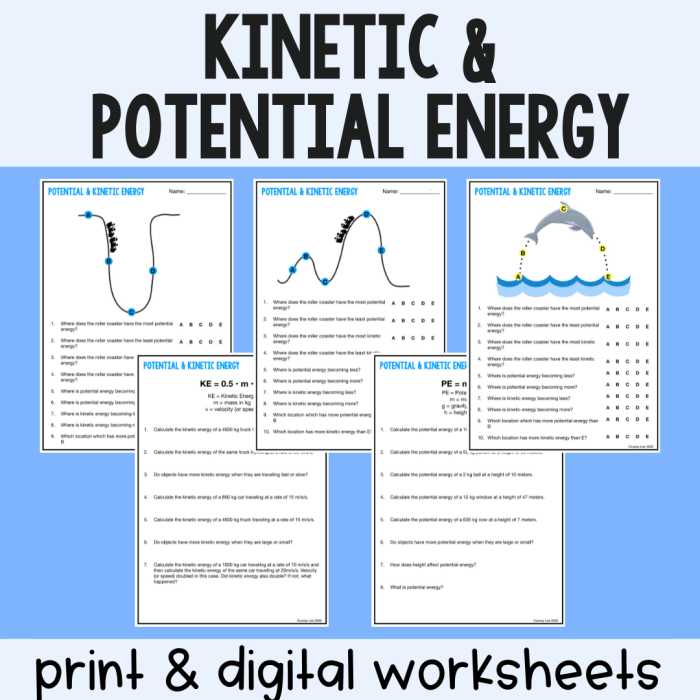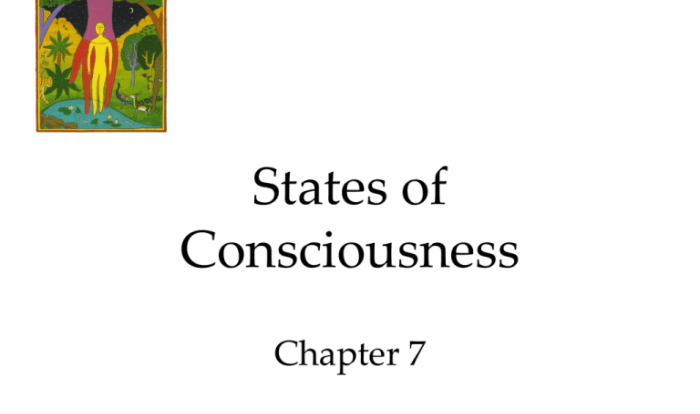Generation genius potential and kinetic energy is a captivating exploration into the nature of exceptional intellect and its transformative power. This narrative delves into the intricate relationship between potential and kinetic energy, revealing how they ignite the spark of genius and propel individuals to remarkable achievements.
Potential energy, the reservoir of untapped abilities, and kinetic energy, the energy of motion and action, play a pivotal role in shaping the trajectory of generation geniuses. By understanding the dynamics of these energies, we can unlock the potential for greatness within ourselves and others.
Potential Energy: Generation Genius Potential And Kinetic Energy

Potential energy is a stored form of energy that an object possesses due to its position or state. In the context of generation genius, potential energy represents the latent capacity for intellectual and creative output. This energy can manifest in various forms, such as:
- Gravitational potential energy:The energy stored in an object due to its position above a reference point.
- Elastic potential energy:The energy stored in an object due to deformation or stretching.
- Chemical potential energy:The energy stored in chemical bonds.
Generation geniuses can harness these forms of potential energy to fuel their intellectual pursuits. For instance, a student with high gravitational potential energy may be able to focus intently on a complex problem for extended periods.
Kinetic Energy, Generation genius potential and kinetic energy
Kinetic energy is the energy of motion. In the context of generation genius, kinetic energy represents the active manifestation of intellectual and creative output. It is the energy that powers the generation of new ideas, the solving of problems, and the creation of works of art.
Kinetic energy is calculated using the formula: Ek = 1/2 mv2, where Ekis kinetic energy, mis mass, and vis velocity. The greater the mass or velocity of an object, the greater its kinetic energy.
Factors that affect kinetic energy include:
- Mass:Heavier objects have greater kinetic energy.
- Velocity:Faster-moving objects have greater kinetic energy.
- Direction:Kinetic energy is a vector quantity, meaning it has both magnitude and direction.
Generation Genius
Generation genius is a term used to describe individuals who exhibit extraordinary intellectual and creative abilities from a young age. These individuals often demonstrate exceptional problem-solving skills, a deep understanding of complex concepts, and a remarkable ability to generate new ideas.
Potential and kinetic energy play crucial roles in generation genius. Potential energy provides the foundation for intellectual and creative output, while kinetic energy drives the actualization of that potential.
Examples of individuals who have exhibited generation genius include:
- Albert Einstein
- Wolfgang Amadeus Mozart
- Marie Curie
Applications of Generation Genius
Generation genius has numerous potential applications in various fields, including:
- Science and technology:Generation geniuses can contribute to scientific breakthroughs and technological advancements.
- Arts and humanities:Generation geniuses can produce groundbreaking works of art, literature, and music.
- Education:Generation geniuses can develop innovative teaching methods and educational programs.
- Business and industry:Generation geniuses can drive innovation and economic growth.
Fostering and developing generation genius requires:
- Early identification:Identifying generation geniuses at a young age is crucial.
- Supportive environment:Generation geniuses need a supportive environment that encourages their intellectual and creative development.
- Mentorship and guidance:Mentorship and guidance from experienced professionals can help generation geniuses reach their full potential.
FAQ Resource
What is the difference between potential energy and kinetic energy?
Potential energy is the energy stored within an object due to its position or state, while kinetic energy is the energy of motion.
How does potential energy contribute to generation genius?
Potential energy represents the untapped abilities and talents that individuals possess, which can be harnessed through learning, experience, and motivation.
What are some examples of kinetic energy in generation genius?
Kinetic energy manifests in the creative output, innovative ideas, and groundbreaking discoveries that generation geniuses produce.



